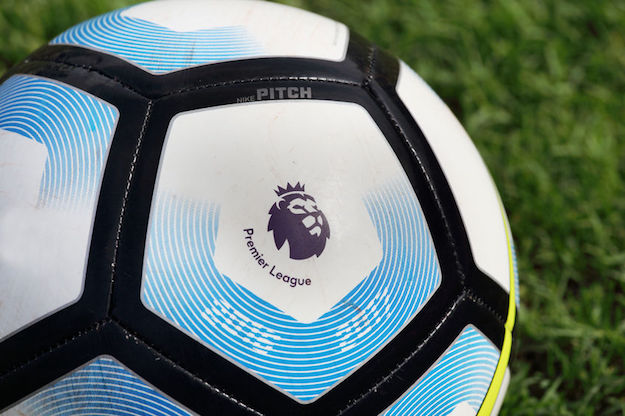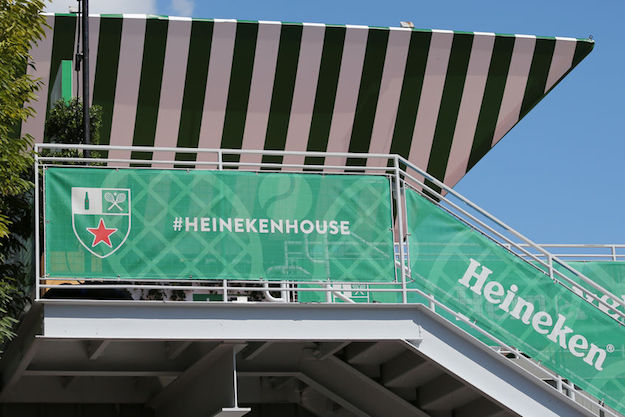Sponsorship Agreements for Sports Teams: Everything You Need to Know

Sponsorships can be a great way for your sports team to get the funds they need. They are also beneficial for sponsors seeing how they can get more exposure for their services and products and put themselves in front of a new audience.
We’ve covered sponsorships on our site before and discussed how to create packages, how to structure sponsorship packages, and how to attract sponsors to your website. But, in this article, we’ll talk about creating a sponsorship agreement that protects both you and the sponsor.
What is a Sponsorship Agreement?
A sponsorship agreement regulates the legal relationship between a sponsor and the individual such as an athlete or player, a sports team, an event organizer for an event that attracts sponsorship or the owner of a location that will be sponsored.
There are several types of sponsorship agreements in sports depending on who the individual is. However, when it comes to sports teams, it’s important to understand the difference between a principal and a subsidiary sponsorship agreement.
A principal sponsorship agreement usually means that the company or sponsor’s name and/or logo will be placed on the front of the team’s shirts. Subsidiary sponsors will have their name and/or logo placed on the sides of the playing grounds.
Why Do You Need a Sponsorship Agreement?
In some cases, sponsorship agreements can be informal, especially if the company is only sponsoring one or two matches. However, if you’re looking to get long-term sponsorship, it’s crucial to come up with and sign a sponsorship agreement. This will help protect the interests of both you and the sponsor as well as clearly define the scope and the extent of the sponsorship. Additionally, it will help you terminate the sponsorship relationship without any negative repercussions if the need arises.

Now that we’ve covered what a sponsorship agreement is and why you need one, let’s talk about the key aspects that should be covered in your sponsorship agreements.
Six Key Aspects of Sponsorship Agreements
When an athlete and a sponsor negotiate a sponsorship agreement, there are six key aspects that need to be covered. Here are some basic recommendations regarding both the athlete’s and the sponsor’s best interests.
1. The Scope of Agreement Relating to Products or Services
The first thing your sponsorship agreement should define is the clear scope of licensed goods or services that will be promoted. Sponsors should keep a close eye on the market trends and analytics for the duration of the sponsorship so they can evaluate the results of it. At the same time, teams should make sure they aren’t promoting a competing product through a sponsorship with another company.
2. Non-Compete Clauses
As we’ve mentioned above, adding non-compete clauses to your sponsorship agreement will help you avoid any misunderstandings and prevent legal disputes. You’ll want to make sure that you’re not promoting similar products from competing businesses.
Promoting several companies in the same industry not only makes you look bad but it also dilutes marketing efforts and promotional messages from those companies. This means they won’t see effective results or any benefits from sponsoring you which can result in those companies not renewing their sponsorship agreement with you.
It can also lead to a lengthy legal battle if the sponsor feels they were damaged for the duration of the agreement.



A non-compete clause should clearly state that the team will not sign another sponsorship agreement with a competing company or that the principal sponsor will have more promotion and marketing time than other sponsors. You’ll also want to provide sponsors with the list of events and marketing materials where you will promote the sponsor.
3. Financials
When it comes to finances, your sponsorship agreement should outline what the benefit is for both the sponsor and the team. You’ll want to stipulate the cost of the sponsorship, how you’ll be paid, the number of payments, and the payment terms. Don’t forget to include your role in the sponsor’s company as it pertains to taxes and defines any other financial liabilities.
4. Renewal And Termination
Even though you might hope to never terminate a sponsorship agreement, sometimes the inevitable happens. As such, you need to include renewal and termination regulations in your sponsorship agreement.
Usually, this means your agreement should allow for the following:
- Straightforward renewal process with minimal changes needed in the agreement
- Teams to have the first opportunity to accept or reject any offer made by the sponsor before the sponsor offers it to other teams looking for sponsorships
- Sponsors to match an offer made by a different (often competing) company
5. Responsibilities in Case of Mergers and Acquisitions
In the event your sponsor company merges with another one or is acquired by another company, how does that affect your sponsorship?
Make sure your sponsorship agreement defines whether the other company is obligated to continue the sponsorship and if you’re obligated to promote them.



The clause that governs this should provide for potential acquisitions and mergers and assure the sponsor that the deal will not be jeopardized because of the sponsorships. You as the team, on the other hand, need to know that you won’t suffer financial loss as a result of the deal and that you will have the opportunity to continue the sponsorship in a similar fashion with the new company.
6. Governing Regulations and Laws
Lastly, you’ll want to make sure to include all applicable laws, rules, and regulations in your sponsorship agreements. While this will largely differ from one country to another, leaving them out can result in your sponsorship agreement becoming ‘ and void. It can also lead to costly legal proceedings with governing bodies and agencies. As such, it’s a good idea to consult a lawyer and have them draft a sponsorship agreement for you.
Protect Yourself With a Sponsorship Agreement
Creating a sponsorship agreement may seem unnecessary but it’s well worth the time and effort so you can protect both your team and any sponsor you work with. Download our checklist that outlines the six key aspects every sponsorship agreement should have to make sure nothing is left out when it’s time to write a draft.
